Save the microbes!
It's no secret that our planet is in crisis.
According to the International Union for Conservation of Nature, more than 37,400 species are at risk of becoming extinct. That includes 26 percent of mammals, 36 percent of sharks and rays and 41 percent of amphibians.
But the conservation posters that feature cute, fuzzy pandas and majestic elephants don't feature other species that are no less important and probably no less under threat: microorganisms.
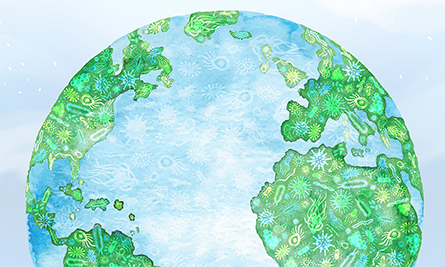
But microbial diversity, just like that of plants and animals, is shrinking.
These are the viruses, bacteria, fungi and protists that fuel our planet. While we are most familiar with the ones that cause disease — even global pandemics — the vast majority are key players in the nutrient cycling that keeps our forests, oceans, farms and savannas going. Trillions — yes, trillions — also live in and on plant and animal bodies (including humans), regulating all living creatures' growth, development and fitness and protecting them from pathogens. Simply put, we — along with plants and animals — cannot survive without our microbial partners.
But recent research suggests that the same factors that threaten those charismatic tigers, polar bears and whales are also endangering microorganisms.
The importance of this cannot be overstated: All life depends on microbes, so if they are at risk, all life is at risk. We must do what we can to preserve what is left and restore what is gone.
Even under threat, the sheer number of microbes in every corner and crevice of the globe is astounding. The oceans contain 100 million times more bacteria than the number of stars in the known universe. One teaspoon of soil carries as many microorganisms as the number of people in the entire continent of Africa. Our own bodies are home to so many microbes that each of us contains more microbial cells than human.
But it's not just the raw number of microbes that matters — a healthy variety in microbial species is key to a healthy planet. In every ecosystem, diverse microbial communities work together, with different species taking on different roles. Together, these communities recycle nutrients such as nitrogen and phosphorus, break down pollutants like pesticides and oil from spills, improve water quality by degrading organic material from waste, and increase agricultural productivity by boosting plants' uptake of nutrients and controlling pests.
They keep us safe, too: We know of roughly 1,400 microorganisms that can be dangerous to people should they take hold in our bodies, and our first line of defense against these pathogens is the microbes that already live in our guts and on our skin surfaces, which buffer against hostile invasions.
Unfortunately, microbial amounts and diversity, along with the lifesaving functions microbes perform, seem to be under threat by a familiar list of problems — misuse of agricultural land that strips soil of its nutrients, loss of habitat through development, climate change, pollution, deforestation, hunting and overfishing. Although it is difficult to measure the exact impact of human activities because many microbes remain difficult to identify and study, a growing body of research is showing a clear trend.
A 2013 paper found that cutting down the Amazon rainforest, mostly to make way for cattle pastures, also altered and reduced soil microbial diversity. A more recent analysis of 82 streams in Maryland found that the types of microbes present differed based on what type of land the streams abutted — agricultural, urban or relatively untouched (forested). Not surprisingly, streams near forests had higher levels of oxygen cycling (a process essential to aquatic life that is fueled, in part, by bacteria) than those along urban areas.
One 2020 analysis reported that, at the current rate of loss of coral reefs due to human activity, these ecosystems stand to experience a 28 percent decrease in the richness of bacteria and similar microbes. Even the temperature shifts associated with climate change affect the composition of microorganisms in the environment.
The pandemic has taught us many things, one of which is the power of microbes. But current conservation strategies often don't take microbes into account. Conservationists need to collaborate more with microbial ecologists, who have the technical expertise to measure and interpret the role microbes are playing in the health of endangered species and environments. As just one example, whooping cranes raised by humans tend to be less healthy than wild (endangered) birds; since human-raised chicks have different gut microbiomes than cranes in the wild, they may benefit from fecal transplants from wild-born birds, which may contain healthier levels of gut bacteria.
Working together, conservationists and microbiologists can design interventions that address the needs of all the planet's creatures, both great and small.
Enjoy reading ASBMB Today?
Become a member to receive the print edition four times a year and the digital edition monthly.
Learn moreGet the latest from ASBMB Today
Enter your email address, and we’ll send you a weekly email with recent articles, interviews and more.
Latest in Opinions
Opinions highlights or most popular articles
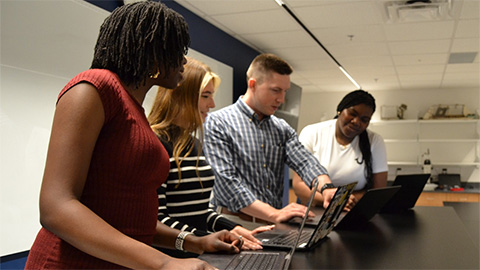
Debugging my code and teaching with ChatGPT
AI tools like ChatGPT have changed the way an assistant professor teaches and does research. But, he asserts that real growth still comes from struggle, and educators must help students use AI wisely — as scaffolds, not shortcuts.

AI in the lab: The power of smarter questions
An assistant professor discusses AI's evolution from a buzzword to a trusted research partner. It helps streamline reviews, troubleshoot code, save time and spark ideas, but its success relies on combining AI with expertise and critical thinking.
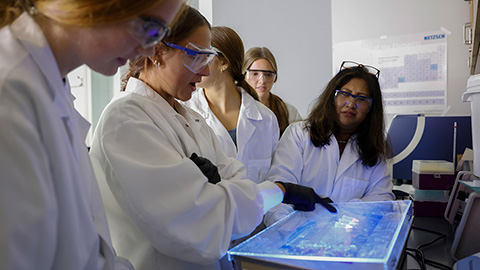
How AlphaFold transformed my classroom into a research lab
A high school science teacher reflects on how AI-integrated technologies help her students ponder realistic research questions with hands-on learning.
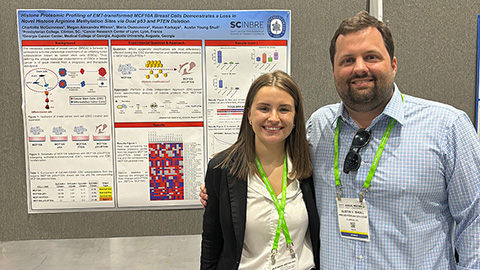
Writing with AI turns chaos into clarity
Associate professor shares how generative AI, used as a creative whiteboard, helps scientists refine ideas, structure complexity and sharpen clarity — transforming the messy process of discovery into compelling science writing.
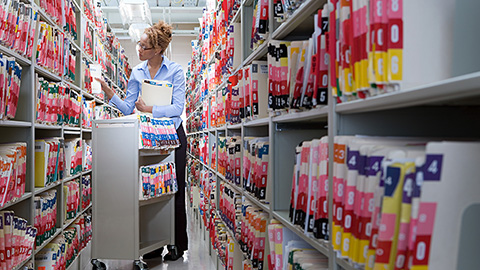
Teaching AI to listen
A computational medicine graduate student reflects on building natural language processing tools that extract meaning from messy clinical notes — transforming how we identify genetic risk while redefining what it means to listen in science.
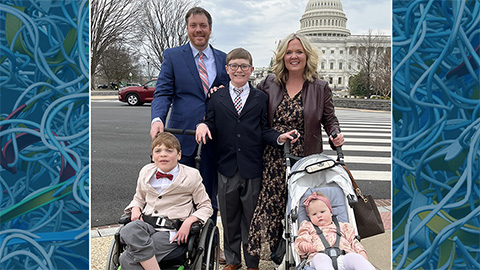
What’s in a diagnosis?
When Jessica Foglio’s son Ben was first diagnosed with cerebral palsy, the label didn’t feel right. Whole exome sequencing revealed a rare disorder called Salla disease. Now Jessica is building community and driving research for answers.

